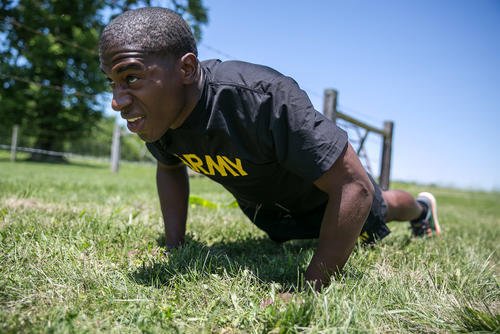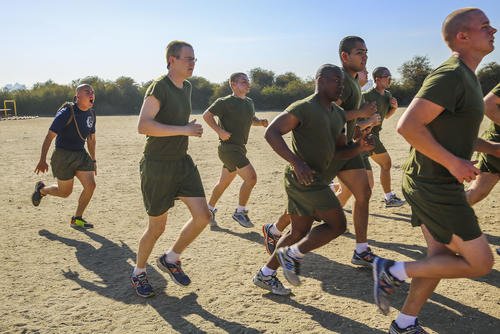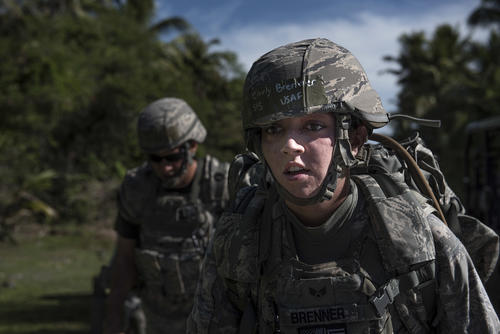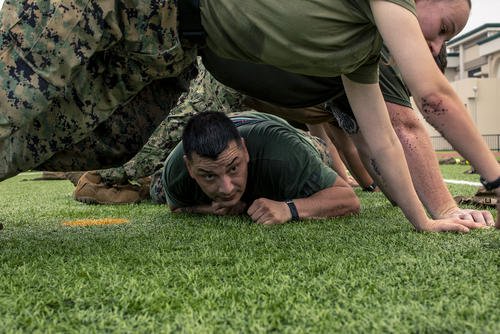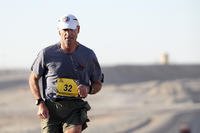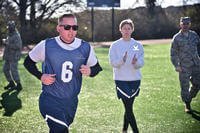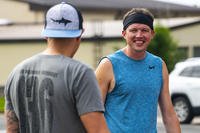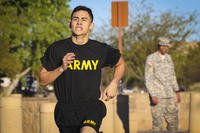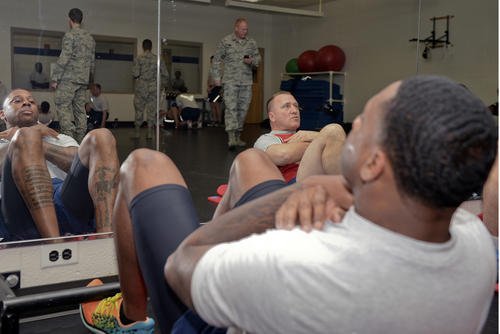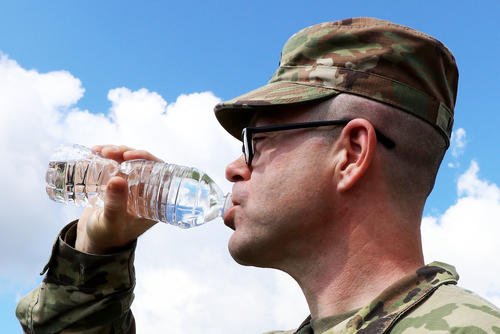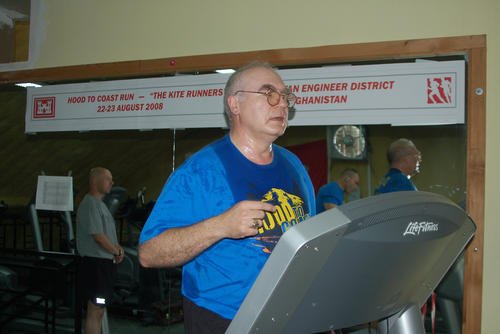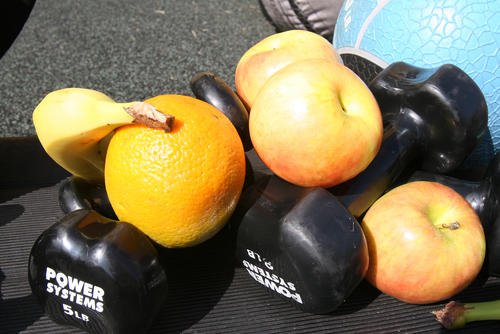Essential health and fitness standards depend on what you need to be capable of doing on a daily basis, but are you prepared for life's emergencies? This question touches on that subject:
Stew, if you were a normal person just trying to be an asset in your everyday life (just living and emergencies), what fitness standards would you recommend? David
My answer stems from one of my definitions of tactical fitness:
Tactical fitness requires a person to be "good at everything" and not particularly great at any one thing. This means a person of any age should be able to engage in activities requiring strength, power, speed, agility, endurance, muscle stamina, flexibility, mobility and grip strength.
These abilities make you an asset (versus a liability) in practically any situation, meaning you can be helpful to others and save yourself in potentially dangerous situations, whether they are natural or man-made. You have a level of durability and a work capacity that allows you to do what needs to be done daily (chores, yard work, work/hobbies and life). You do not need to be world class in anything, but maintaining these elements of fitness will prolong your ability to stay an asset in your life.
The standards will vary with age and sex, and there is a wide range of capabilities below, but older men and women are still staying fit at above-average levels. Some people I know with higher-range scores on these activities are in their 80s! However, I would define remaining an asset as "above average" compared to society today.
Defining 'Being an Asset'
Walk/Run (Endurance)
The endurance needed to walk an hour with no problem is a good minimum standard. Can you add weight to that walk? A backpack? A weight vest? If you can mix any jogging into that hour, that would be better. Can you run a mile without stopping? Can you run it faster than 8-10 minutes? As you progress through this range of abilities, the longer and faster (and more weight) you can move, the more of an asset you are. If you want a standard, walk with 25% of your body weight for one hour and run a mile without stopping. The younger you are, you can place a time and distance limit of 4 mph with walking and 7-8 minutes per mile running.
Muscle Stamina/Strength
Depending on your abilities, calisthenics may be considered a strength activity (one push-up, one pull-up, one dip). While your first repetition of calisthenics is a strength exercise, your 10th or 20th repetition involves muscle stamina. As an asset, you can do standard calisthenics for reps. However, if you can do one repetition, you have a level of strength that many lack. Where are you on this spectrum? Are calisthenics a strength or muscle stamina exercise? If it's the latter, I would consider you an asset with your muscle stamina.
Strength/Load Bearing
As discussed above, strength and durability are required to carry a backpack and perform heavier calisthenics. However, are you strong? Can you lift heavy things? You can cultivate this ability in the gym or in the yard with wheelbarrows, bags of mulch, shovels of dirt or hay bales. Carrying groceries from the car to the house and walking the stairs without pause are lower-level capabilities, but many cannot.
How much weight can you lift off the floor, squat and chest-press? The greater percentage over your body weight places you in the asset category for strength. Can you carry someone out of a dangerous situation? This is the ultimate asset category. A firm grip is part of the strength function and can be tested by hanging on a pull-up bar or doing farmer's walks with weight. Can you carry half of your body weight? One hundred percent of it during the farmer's walk (two dumbbells)?
Flexibility/Mobility
Flexibility and mobility help you move quickly and without pain and stiffness. Can you bend over, touch your toes, get into the down dog pose, do a push-up and reverse the order to stand again? Or if you are in a chair or on the floor, are you stuck and struggle to stand without assistance? These are the basics of flexibility and mobility, but doing 10-20 different yoga poses or an hourlong yoga class places you on a higher level on the asset spectrum.
Speed and Agility
As we age, these qualities tend to be the first to go, even if you practice doing these activities. Playing a sport such as soccer, tennis or pickleball can help you maintain and improve speed and agility. Excessive speed can be practiced by jumping, running and stopping fast. Can you do an obstacle course? Can you do a shuttle run quickly? Maintaining these skills throughout life places you high on the asset spectrum, as not many people can move fast.
While these are loosely defined parameters of "an asset," they demonstrate to most how little they are doing. By adding this variety of training to your week, you can have a moderately developed set of fitness skills that indeed make you an asset in typical situations.
Want to Learn More About Military Life?
Whether you're thinking of joining the military, looking for fitness and basic training tips, or keeping up with military life and benefits, Military.com has you covered. Subscribe to Military.com to have military news, updates and resources delivered directly to your inbox.







